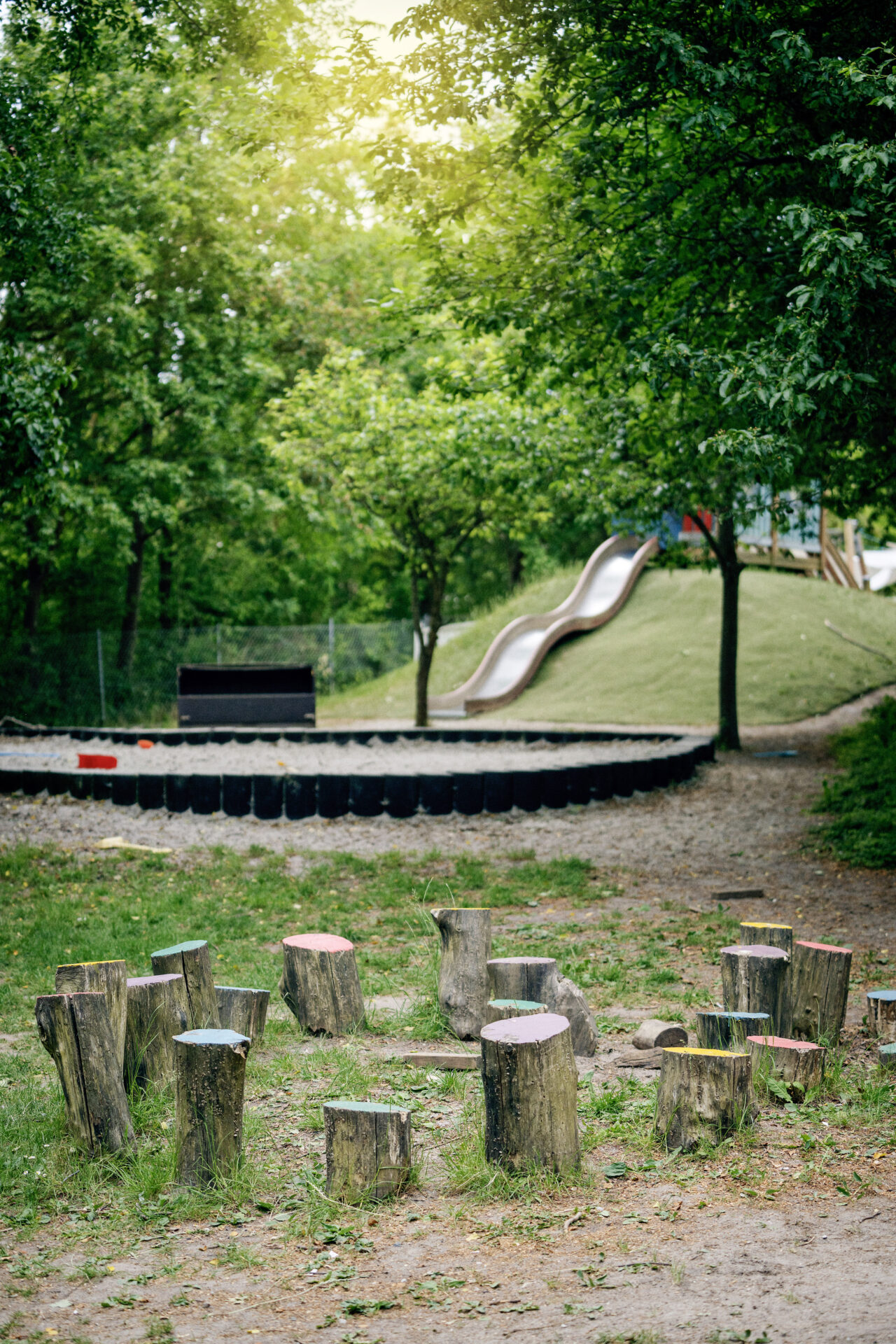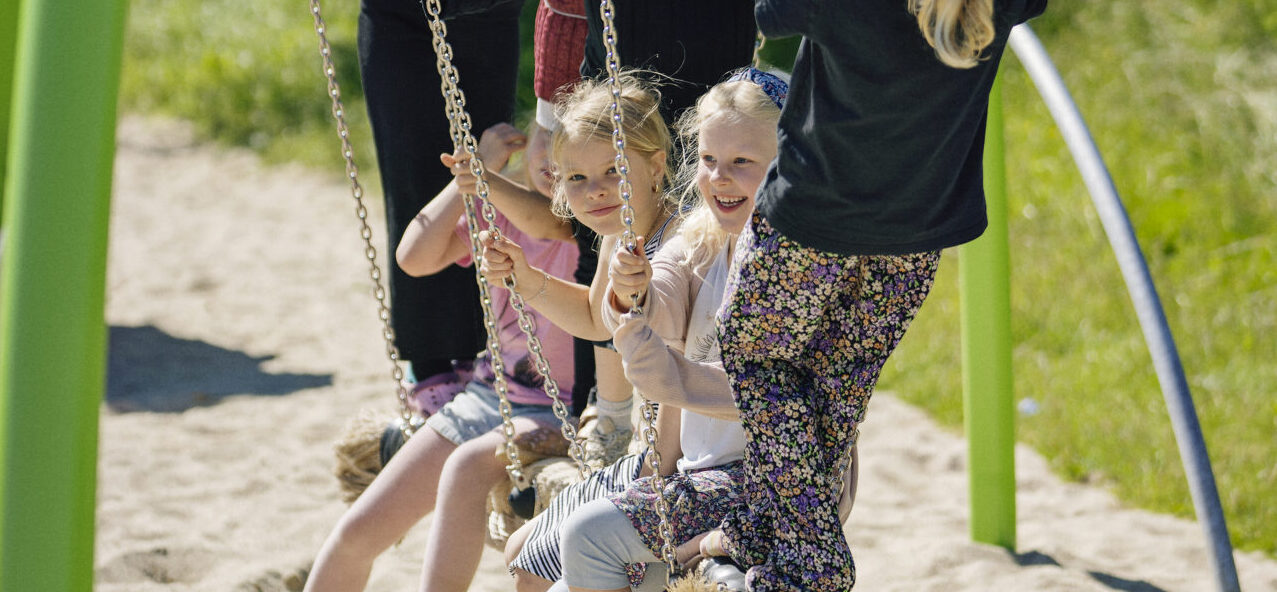
Why we need playgrounds closer to home
Introduction and aim
Playgrounds offer numerous health benefits, serving as spaces for physical activity, social interaction, stress relief, and motor skill development. However, not all communities have equal access, and distance from home can significantly impact how often families visit and use them.
To explore this, Young and colleagues (2023) surveyed 1350 adults at 60 public playgrounds across 10 U.S. cities during the summer of 2021. Their study examined whether distance to the playground from their home was associated with visit frequency, length of stay, and mode of transportation.
By understanding these patterns, city planners and public health officials can design more accessible and better-connected public play spaces to encourage outdoor physical activity and improve community well-being.

Findings and key insights
The research shows that playgrounds near residential areas experience higher usage and encourage active transportation. More specifically, it found that:
1. Distance matters
- People living within 1/2 mile (~0.8 km) of a playground were 5.1 times more likely to visit at least once per week compared to those further away.
- 66% of those within 1/4 mile (~0.4 km) visited playgrounds weekly, compared to just 14% of those living more than a mile away (~1.6 km).
Walking and biking encourages regular use
- 75% of people within 1/4 mile (~0.4 km) walked or biked to the playground, compared to just 8.6 % of those living more than a mile away (~1.6 km).
- Those who walked or biked were 6.1 times more likely to visit weekly than those using motorized transportation.
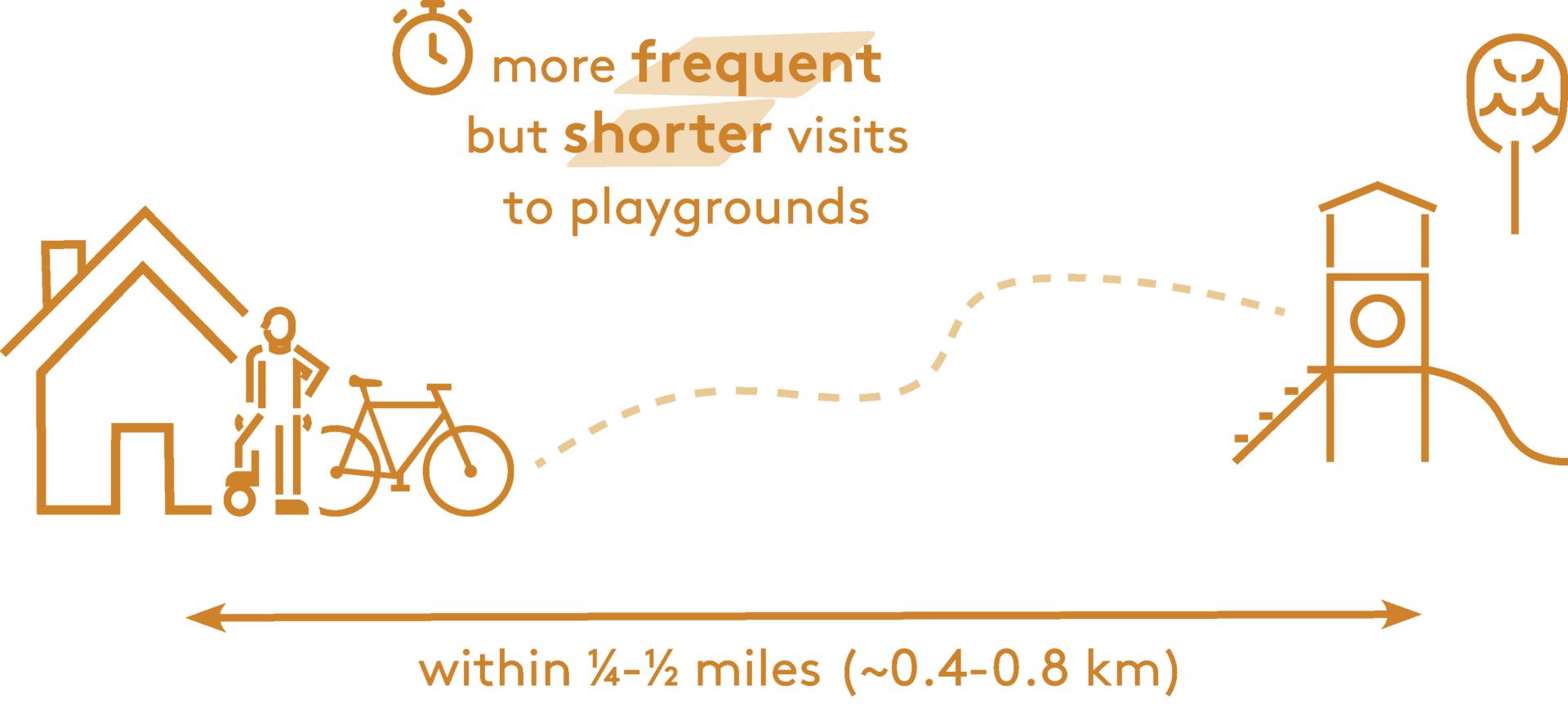
Closer residents tend to stay for shorter visits
- People who lived closer tended to visit playgrounds more frequently but for shorter durations.
- This could be because nearby playgrounds were often smaller with fewer amenities, and some were located within larger parks where visitors could also use other facilities.
Convenience is key in playground selection
- The main reason people chose a particular playground to visit was convenience, especially for those living nearby.
- Other reasons included good facilities, social connections (such as friends also using the playground), and a lack of other nearby options.
Recommendations
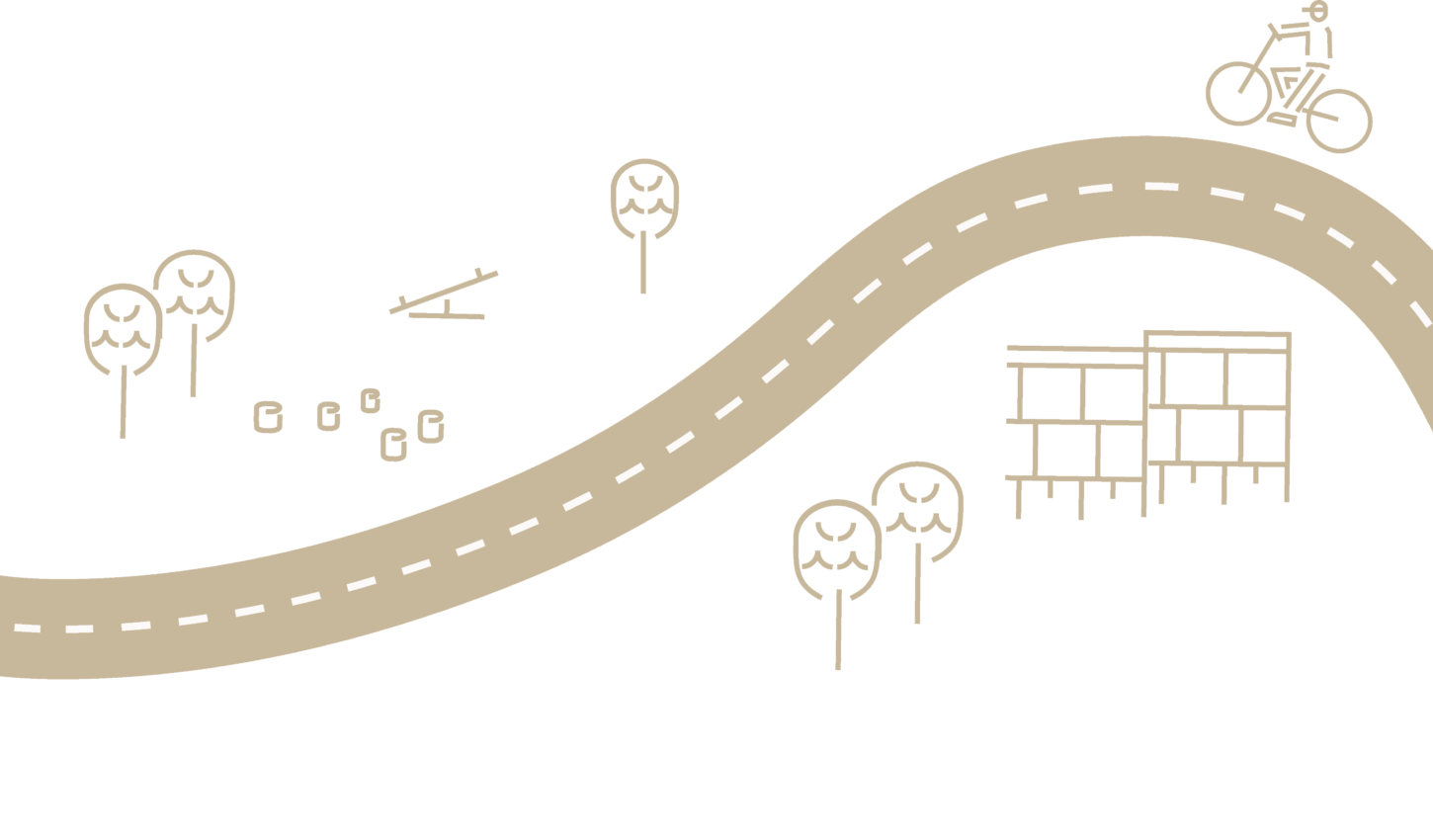
Prioritize playground accessibility
- Cities should aim to locate playgrounds within 1/4 to 1/2 miles (~0.4-0.8 km) of residential areas to ensure they are easily accessible.
- Having playgrounds nearby increases visit frequency, encourages active transportation (i.e., walking or biking), and supports community-wide physical activity.
Improve active transportation infrastructure
- Proximity to playgrounds encourages walking and biking, providing additional opportunities for both children and adults to meet national physical activity guidelines.
- Cities should invest in infrastructure such as sidewalks, bike lanes, and pedestrian-friendly pathways to make it safer and easier to reach playgrounds without a car.
Expand playgrounds in underserved areas
- Currently, only 20 % of U.S. homes are within 1/2 mile (~0.8 km) of a park, highlighting the need for more playgrounds in underserved communities.
- Expanding playground access in these areas can help reduce health disparities and promote active lifestyles for all residents.
All our briefs are accessible through our website, www.playgroundresearch.org.
On the website, you’ll find a compilation of briefs that offer a clear comprehension of research findings and their implications for future research and practical application.
You can also download a printable PDF version of this brief to facilitate sharing.
Downloads
Please click on the download link below to obtain a copy of each file
Main Editors

Similar Briefs
Projects
Explore our institute’s active engagement in developing playgrounds’ future through innovative research and current projects.
Briefs
We are dedicated to sharing valuable insights from research studies and reviews through concise and accessible publications.
Articles
Explore our article database for a comprehensive array of global research and insights, offering diverse perspectives and knowledge.
News
Stay up-to-date and engaged through the latest news, project updates, events, and activities specific to playground research.
